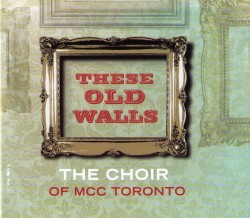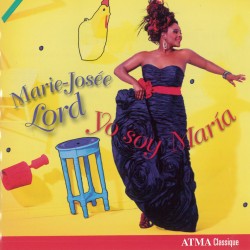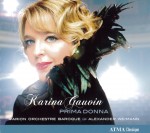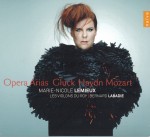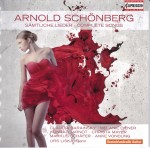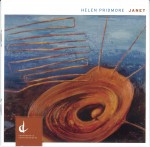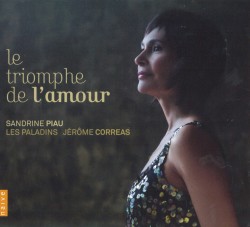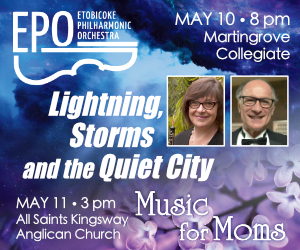
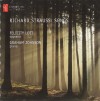 Glenn Gould plays Strauss
Glenn Gould plays Strauss
Glenn Gould; Elizabeth Schwartzkopf; Claude Rains
Sony 88725413702
Richard Strauss: Songs
Felicity Lott; Graham Johnson
Champs Hill Records CHRCD037
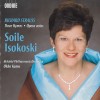 Richard Strauss: Three Hymns; Opera arias
Richard Strauss: Three Hymns; Opera arias
Soile Isokoski; Helsinki Philharmonic; Okko Kamu
Ondine ODE 1202-2
Glenn Gould was an enthusiastic advocate of Richard Strauss, as expressed in performances, writings, lectures and documentaries, but just a handful of recordings. The Sony 2-disc set Glenn Gould Plays Straussfeatures the rare and unique performances he chose to record. As he once expressed surprise that so few concert pianists performed the Piano Sonata in B Minor, Op.5, it seems fitting that this was the very last work that Gould recorded before his death. The sonata, and the Five Pieces, Op.3 featured on this recording, were romantic, nostalgic works of Strauss’ youth, and Gould’s playing masterfully enhances by turn all the inherent innocence, angst, rapture and exuberance. Included in this collection is Gould’s first Strauss recording of an obscure melodrama based on a blank verse poem by Tennyson. Enoch Arden, a romantic triangle resulting in a mariner’s unhappy loss,is narrated by actor Claude Rains with Gould on piano deftly and sensitively interpreting the orchestral score. Equally fascinating is the uneasy collaboration in 1966 with Elisabeth Schwarzkopf on the Ophelia Lieder, Op.67. In addition to dealing with an overheated studio with air far too dry for singing, the famed soprano was forced to comply with Gould’s insistence on improvising the accompaniment. Nevertheless, she soldiered on, producing an exquisite performance in which she imbues the madness of Ophelia with a tremulous, eerie quality that never diminishes her rich tonal palette.
In Richard Strauss: Songs, recorded in 2003 and just rereleased by Champs Hill, soprano Felicity Lott includes no less than 26 Strauss lieder, also including a marvellous and dramatic performance of the Ophelia songs, with piano accompaniment (superbly unadulterated) by pianist Graham Johnson. This and the other repertoire presented as a program divided into five thematic sections, seems a virtual tribute to Strauss’ wife Pauline de Ahma. Married in 1894, Strauss’ wedding gift to his bride was the four Op.27 songs, and these as well as many of the others included on this CD were written for her. The couple gave many recitals together until she retired from singing in 1906, after which her temperamental and fiery nature continued to be an inspiration for the female characters in his operas. Through emotive colouring and smooth sensuality, Lott artfully navigates the difficult terrain offered by this demanding and breath-defying repertoire.
For our third Strauss selection, we move to orchestral accompanied songs: Three Hymns/Opera Arias featuring another expert Strauss interpreter, Finnish soprano Soile Isokoski whose powerful and luminous voice soars over the Helsinki Philharmonic in excerpts from Ariadne auf Naxos, Der Rosenkavalier and Capriccio. Although the Three Hymns, Op.71 is a work rarely recorded because of its almost excessive demands for the soloist, Isokoski clearly has the fortitude to carry off a brilliant performance.
It might be mentioned at this point that all three of our featured sopranos recorded these works in their 50s. It makes me wonder if a lifetime of experience is a requirement for the effective interpretation of and stamina to execute the highly emotive and electrifying songs of this composer.
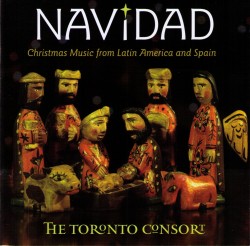 Navidad
Navidad

